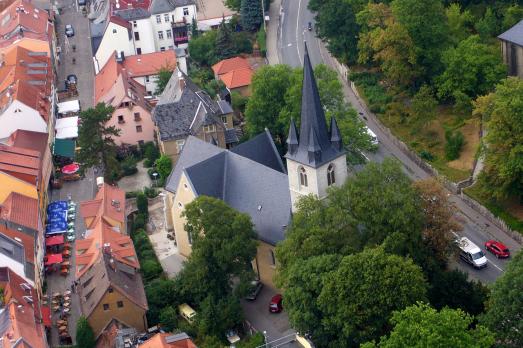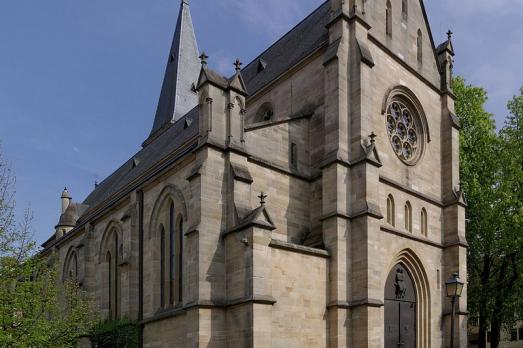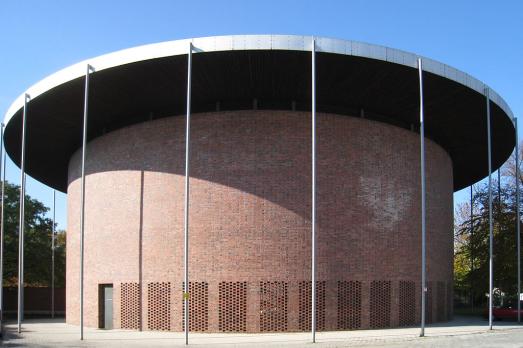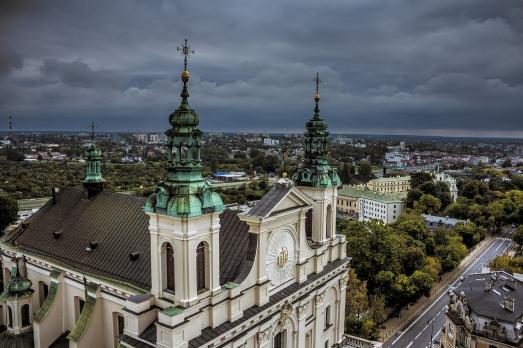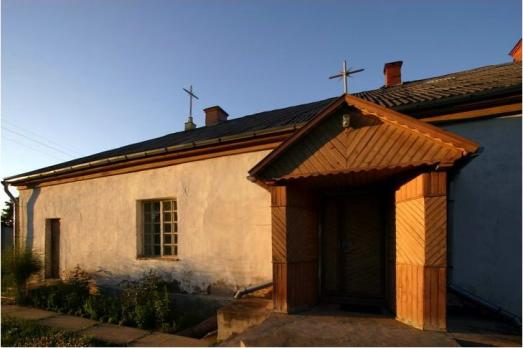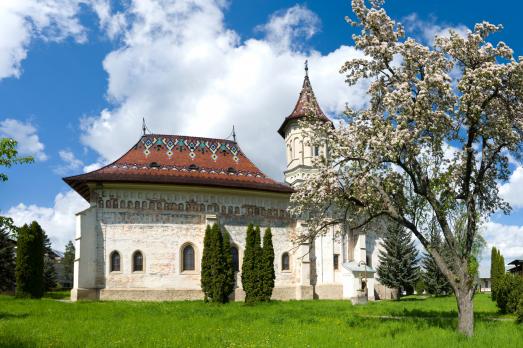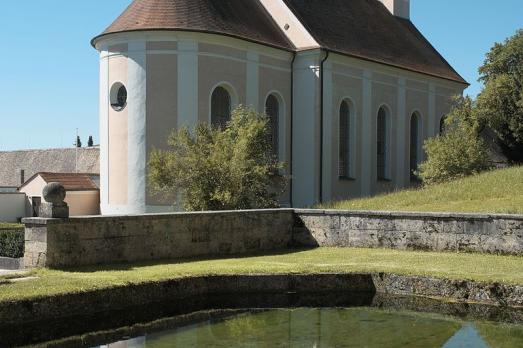
St. Johannes Baptist Church
Wessobrunn, DE
The St. Johannes Baptist Catholic parish church was built in the 1750s near the site of the demolished Wessobrunn monastery. The rococo building was built according to the plans of Joseph Schmuzer and his son Franz Xaver. The stucco decoration was made by Tassilo Zöpf, the frescoes by Johann Baptist Baader.
